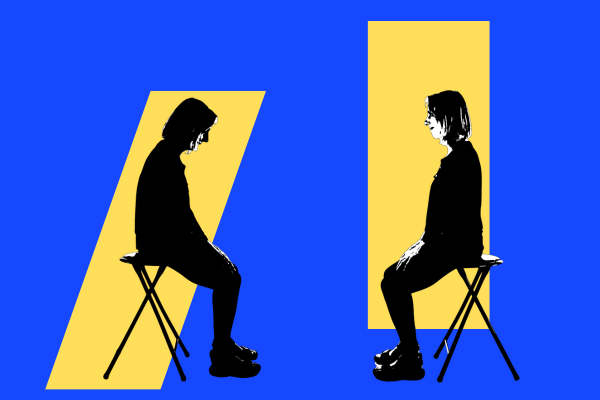The link between postural control and emotion runs deep, revealing itself in common expressions that convey feeling or mindset through a physical image, for example, thrown for a loop, on shaky ground, sure-footed, in a slump, and standing tall. Medicine has also long noted the connection, and in recent years, brain research has uncovered multiple neural links between balance and emotion processing regions of the brain.
More than simply causal, how we feel and how we carry ourselves interconnect with one another in the larger canvas of our state of being. Emotion provides both assessment of and a response to relative threat and/or safety in the environment, making it an essential component of spatial perception, postural control, and locomotion.
Research on the relationship between how we feel and how we carry ourselves underscores the connection between the two. Significant impairment of balance, posture, and gait have been identified in major depression, and serious balance problems have been found in people experiencing anxiety. A clinical study on upright versus slumped seated posture found that upright posture correlated with improved mood and had a protective effect during a psychological stressor. Slumped participants felt more nervous, fearful, passive, and sluggish as compared to upright participants who reported higher self-esteem, reduced fear, and feelings of enthusiasm, excitement, and strength.
Postural adjustments that keep us stable on our feet happen automatically, as do the postural changes due to fear, anxiety, and depression that destabilize balance. Fortunately, we have the means to go beyond autopilot. By bringing awareness to the sensory side of balance we can improve our ability to maintain and regain stable posture while also reducing the fear of falling – which in turn decreases the risk of taking a fall.
Learn more about what you can do – Minding Your Balance: Mind Body Exercises to Improve Balance & Prevent Falls
